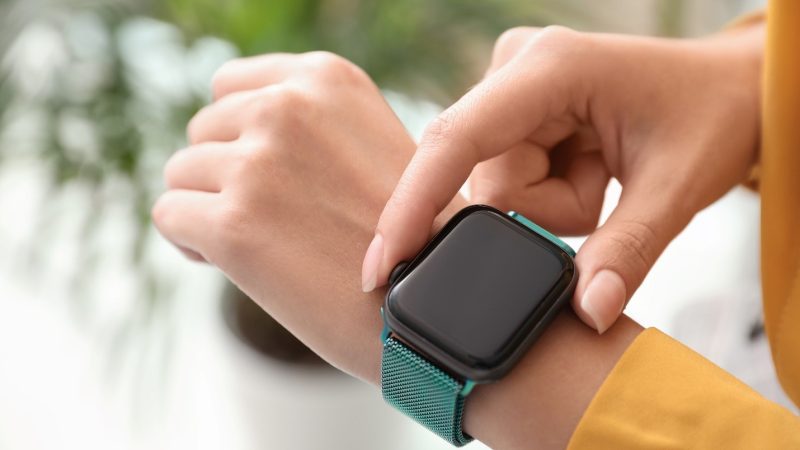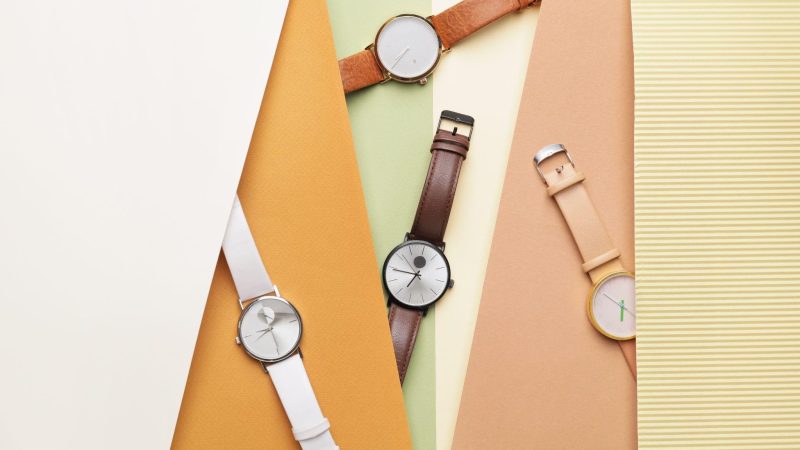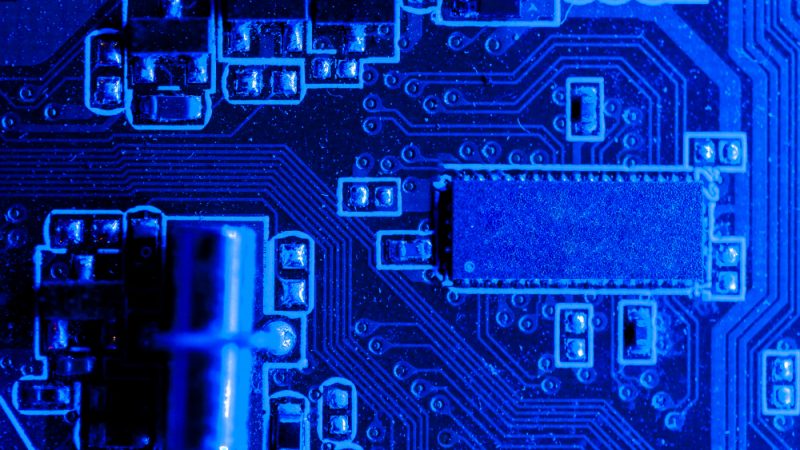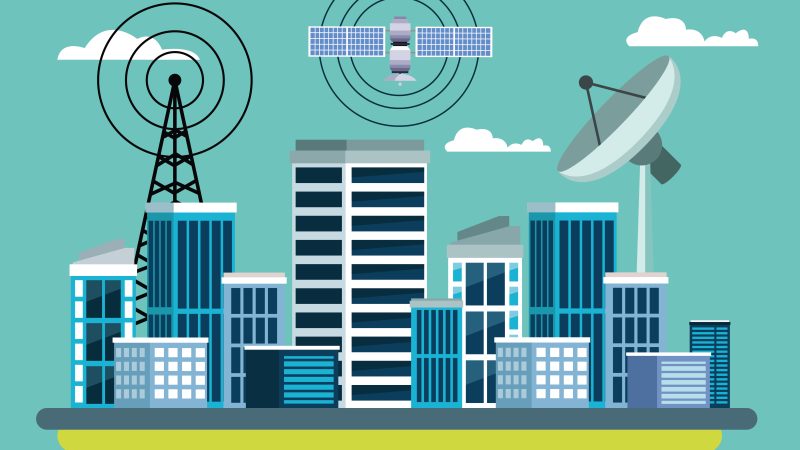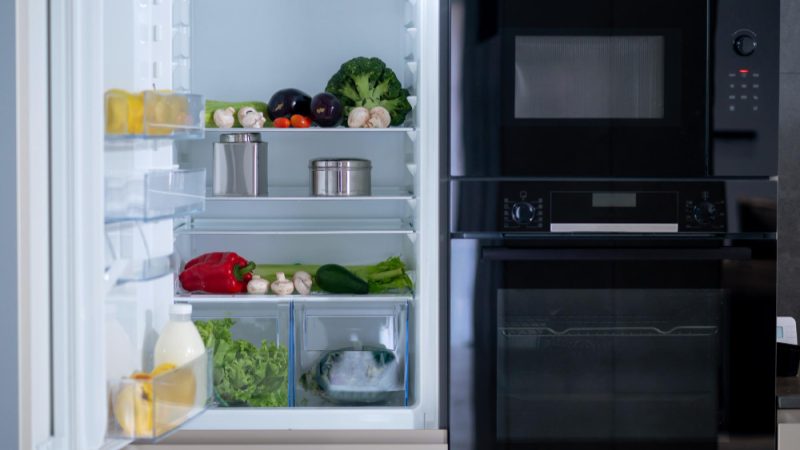The Advantages of a Thermal Surveillance Camera
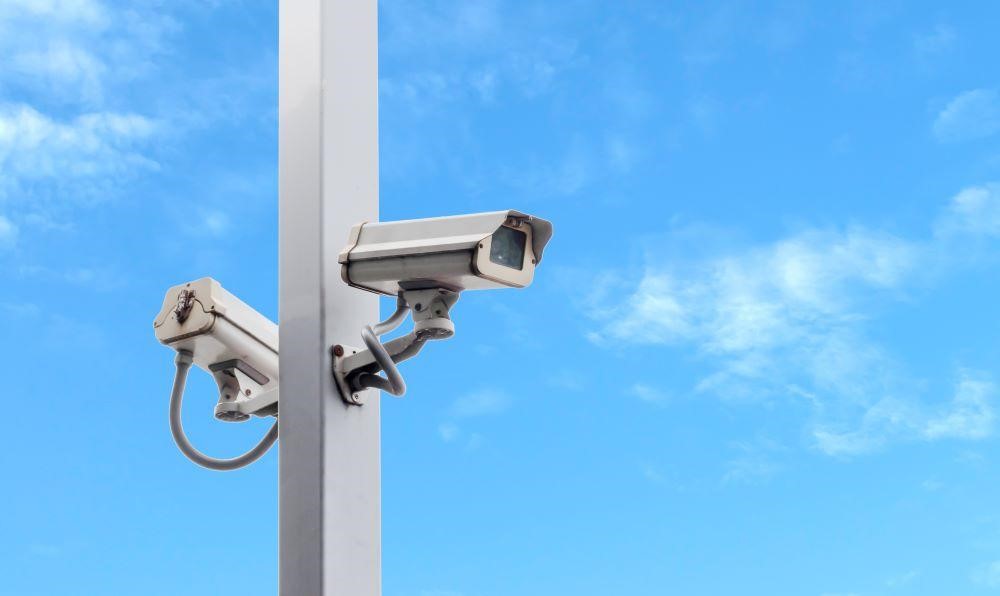
The security of your strategic objectives is crucial. And how you protect them could significantly affect your organization’s profitability and safety. Likewise, if you are a government entity, and your role is to protect national interest objectives, failing to anticipate bad actors’ actions could have severe and complex consequences. Prevention is the key to security, and the tools you invest in will be synonymous with the success of the strategy you want to pursue. Do you want to thwart plans of external threats? Do you want to prevent disruptions in the services of your target? Then, a good idea would be to invest in a heat-signature surveillance camera.
Cooled thermal cameras are the most efficient way to monitor your targets remotely without investing in additional staff. Remote thermal surveillance cameras are versatile, modular accessories ideal for civilian and military use in harsh conditions. Professional thermal cameras provide a 24/7 live feed of targeted strategic objectives, can be used as a deterrent measure, are required for insurance purposes, and, not least, can help you significantly reduce the overall costs of your security measures.
Why is that? Simply put, a thermal surveillance camera is modular and can simultaneously do the work of multiple security guards. Are you the administrator of an IT company and want your external servers to be monitored around the clock? Then, you can either invest in a team to patrol a specific perimeter or purchase a set of cooled thermal cameras to oversee your premises remotely. From a financial point of view, maintaining a department of security guards will be costlier, and there is always the chance that bad actors will try their vigilance.
Why a Thermal Camera?
Do you want to invest in a CCTV system? Then, you are someone with objectives in order. The number of burglaries recorded in the United Kingdom in recent years is rising. However, the reasons for this increase are complex and challenging to explain. What is straightforward, though, is these crimes’ effect on national and international businesses. Investing in a CCTV system is one of the most inspiring decisions you can make for your organisation. Moreover, it is the easiest way to deter bad actors without a significant investment.
When looking for CCTVs, you’ll have a choice between thermal cameras and a standard system, available in most stores. What are the advantages of a thermal camera? There are too many to count, but everything boils down to increased security. Thermal cameras detect the thermal signature of targets, which means they can see in the dark. Moreover, they are ideal for bad weather and mobile applications where accuracy is of the essence. Thermal cameras can detect targets at a significantly greater distance than normal-vision systems and can also oversee targets through smoke or fog.
Thermal cameras are more expensive than their traditional counterparts. However, acquiring them, especially for large-scale applications, might make more financial sense, as thermal cameras consume less total wattage. Thermal cameras can reduce the workforce required to monitor your targets, are versatile and can be used in various applications, military or otherwise, can be integrated with other security systems used by your company, and not least, can significantly reduce the number of false intrusion alarms specific to normal-vision systems.
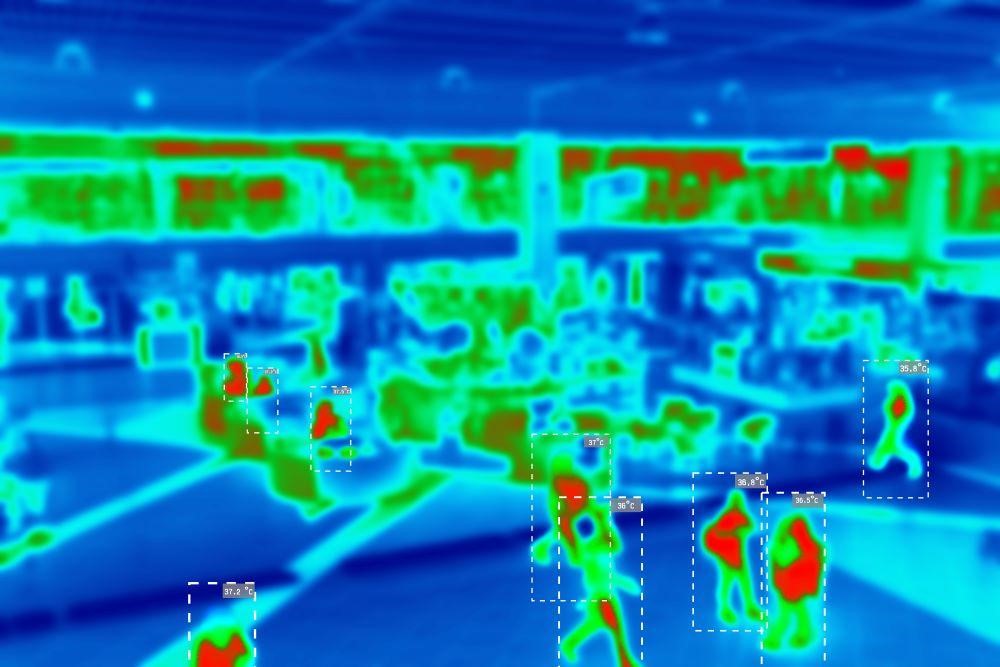
It’s All About Sensitivity
Cooled thermal cameras take surveillance of national, urban, or strategic targets to a new level and are, therefore, preferred tools by high-level government or military entities. Cooled surveillance cameras are more sensitive than their uncooled counterparts and can, consequently, detect minute differences in temperature that would not usually be visible. Why does this matter? Detection range. Thanks to their cryogenic cooled sensor, cooled thermal cameras can detect head signatures at a significantly greater distance than conventional thermal cameras while providing higher image resolution.
Because cooled cameras can record subtle temperature variations and produce less noise than conventional thermal systems, they are ideal for search and rescue operations, border patrol, and wildlife conservation. Cooled cameras present more calibration opportunities than traditional thermal systems and benefit from superior image stability due to reduced drift. Yes, cooled cameras are expensive and more challenging to maintain than standard CCTV systems. But they’re essential tools for high-level surveillance.
How Does a Thermal Camera Work?
Border security issues have become a pressing issue for most governments. For this reason, more and more public and private agencies are investing in sophisticated cooled thermal cameras for use in land, marine, and aviation applications. However, for most people, understanding how a thermal surveillance camera works remains a mystery, which is a shame, as the basic principles behind them are relatively straightforward. All thermal cameras, whether cooled or uncooled, use the same fundamental idea, namely recording the thermal radiation of an object and converting it into electrical signals that can be decoded and visualised in real-time.
A professional thermal surveillance camera uses mirrors to focus the infrared radiation emitted by an object onto a microbolometer sensor, which is a sensor equipped with heat-sensitive elements that change electrical resistance when subjected to a change in temperature. With the help of lenses or mirrors, the camera sensor is heated, causing each temperature-sensitive element of the microbolometer to generate a pixel-equivalent electrical signal.
The camera’s built-in electronic components process the recorded electrical signals and play them back. In a nutshell, the process converts infrared radiation into visible wavelengths and has many similarities to the one used by conventional digital cameras. The temperature differences in the displayed image are rendered using brightness gradients. Cold objects will appear darker, and those with a high temperature will appear brighter. For maritime or aviation surveillance, where there will always be a dark background, this leads to higher visibility of unauthorised objects and reduces the number of false alarms.
They Could Be Your Best Purchase
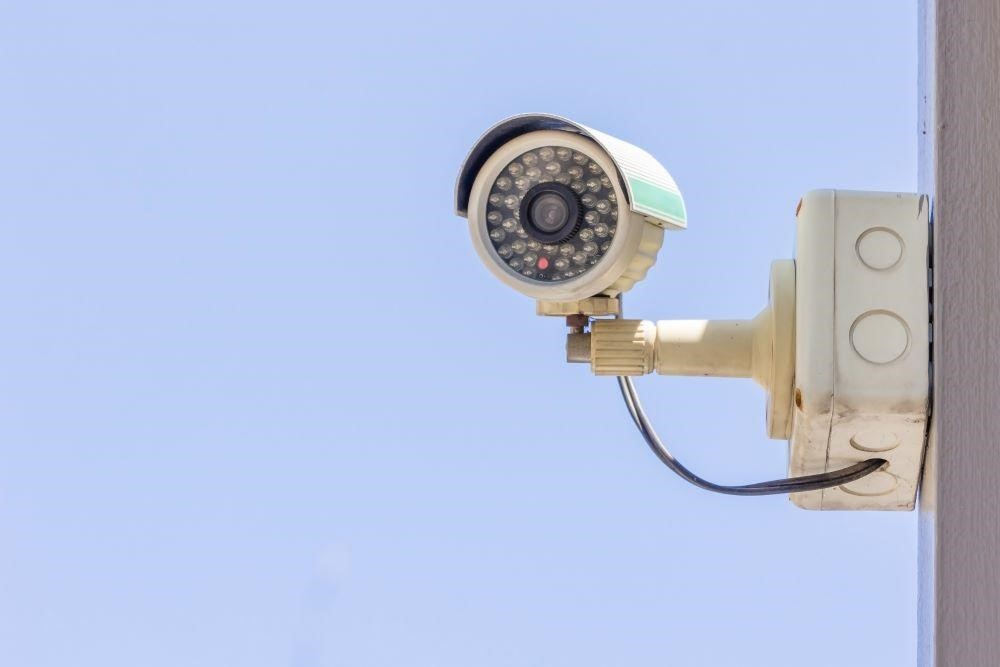
Professional cooled thermal cameras aren’t a toy, nor are they recommended for home use or low-importance targets. A thermal surveillance camera is a tool you want to utilise when you need state-of-the-art surveillance at a distance or require modularity. Cooled thermal systems are suitable for private organisations operating in competitive fields or government or military agencies that can use them for everything from border patrol to search and rescue missions.
Thermal cameras are more expensive than their traditional CCTV counterparts. But at the same time, they provide several distinct advantages that make them worth it in the long run. Their accuracy is higher, and they can see in the dark. Moreover, viewing distances are greater, while image noise is significantly lower. Thermal cameras can be an ideal prevention tool, be accessories for insurance purposes, identify threats before they are visible to the naked eye, and, overall, massively reduce the workforce required for monitoring your strategic targets.

